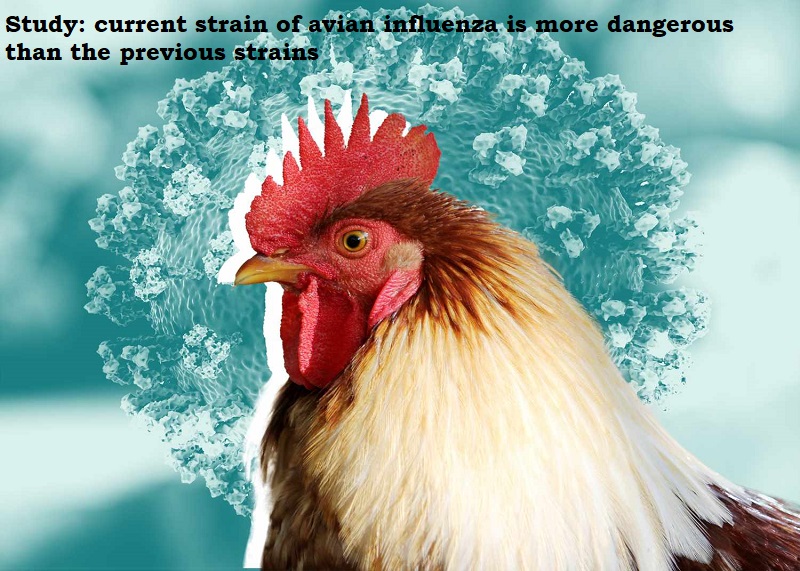
A study conducted by researchers from the University of Maryland suggests that the current strain of avian influenza, commonly known as bird flu, is more dangerous than previous strains, leading to a need to address the situation urgently. The study found that the current strain is killing unprecedented numbers of birds. Co-author of the study and assistant professor at the University of Maryland’s Department of Environmental Science and Technology, Jennifer Mullinax, explained that while the poultry industry has been dealing with low pathogenic avian influenza for decades, the current high pathogenic virus is wiping out everything in numbers never seen before.
The study, published in the journal Conservation Biology, traced the arrival and development of the deadly avian flu pandemic in North America and included data sources from the US and Canada poultry and global data sources from 2014 to 2023. The research analysis revealed that the H5N1 strain of avian influenza seen in 2021 is highly pathogenic, unlike the 2015 outbreak of H5N8. Lead author of the study and postdoctoral researcher at the University of Maryland, Johanna Harvey, added that the disease is heavily impacting wild birds, and it is difficult to estimate the number of birds affected across wild populations. The researchers discovered that 7 million birds in Canada and 58 million domestic poultry in the US either contracted the flu or were put to death to prevent its spread.
The study suggests that the most recent avian flu outbreak has changed from a more seasonal sickness to a year-round illness, with wild bird cases peaking in the summer and domestic poultry cases rising in the spring and autumn. The researchers concluded that it is likely that the avian flu will become endemic, which might have an impact on food security and the economy, recommending collaboration between national and local authorities to control the disease’s spread.
While highly pathogenic avian influenza A(H5N1) viruses have spread worldwide in wild birds and poultry, with sporadic spillover to mammals, only a small number of sporadic human cases of A(H5N1) have been identified since 2022, according to the US Centers for Disease Control and Prevention. All reported human cases since 2022 were associated with recent poultry exposures, and no cases of human-to-human transmission have been identified. The study is a call to arms for collaboration between national and local authorities, as it illustrates the need to address the situation together.

Post Your Comments